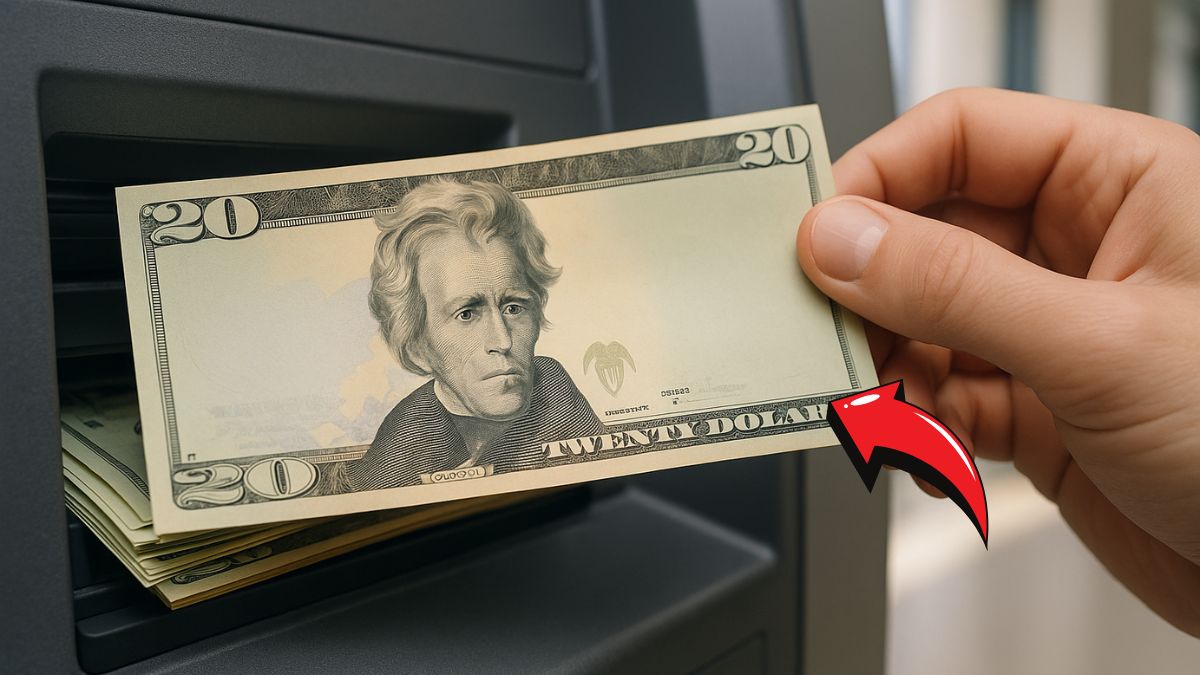Susan B. Anthony Dollar Worth $890K Discovered in Antique Shop Cash Register
In a remarkable turn of events, a rare Susan B. Anthony dollar coin was discovered in the cash register of an antique shop, astonishing both the shop owner and the numismatic community. This coin, initially mistaken for ordinary currency, has been appraised at an astounding $890,000, highlighting the hidden treasures that can reside in everyday places. The Discovery … Read more










